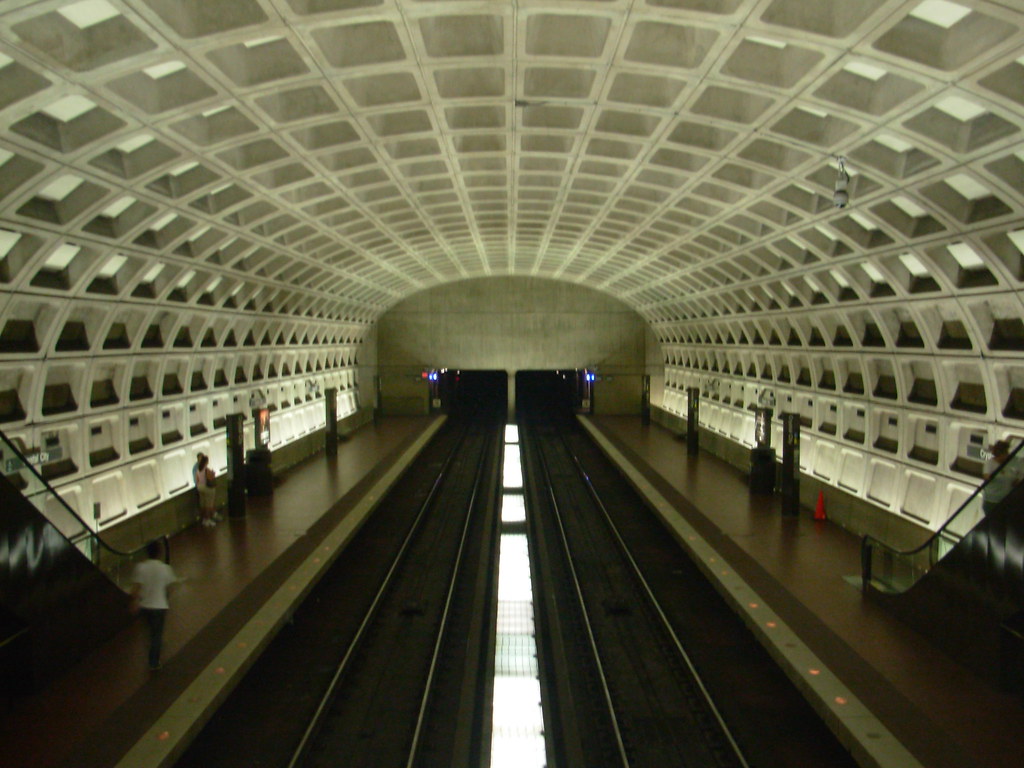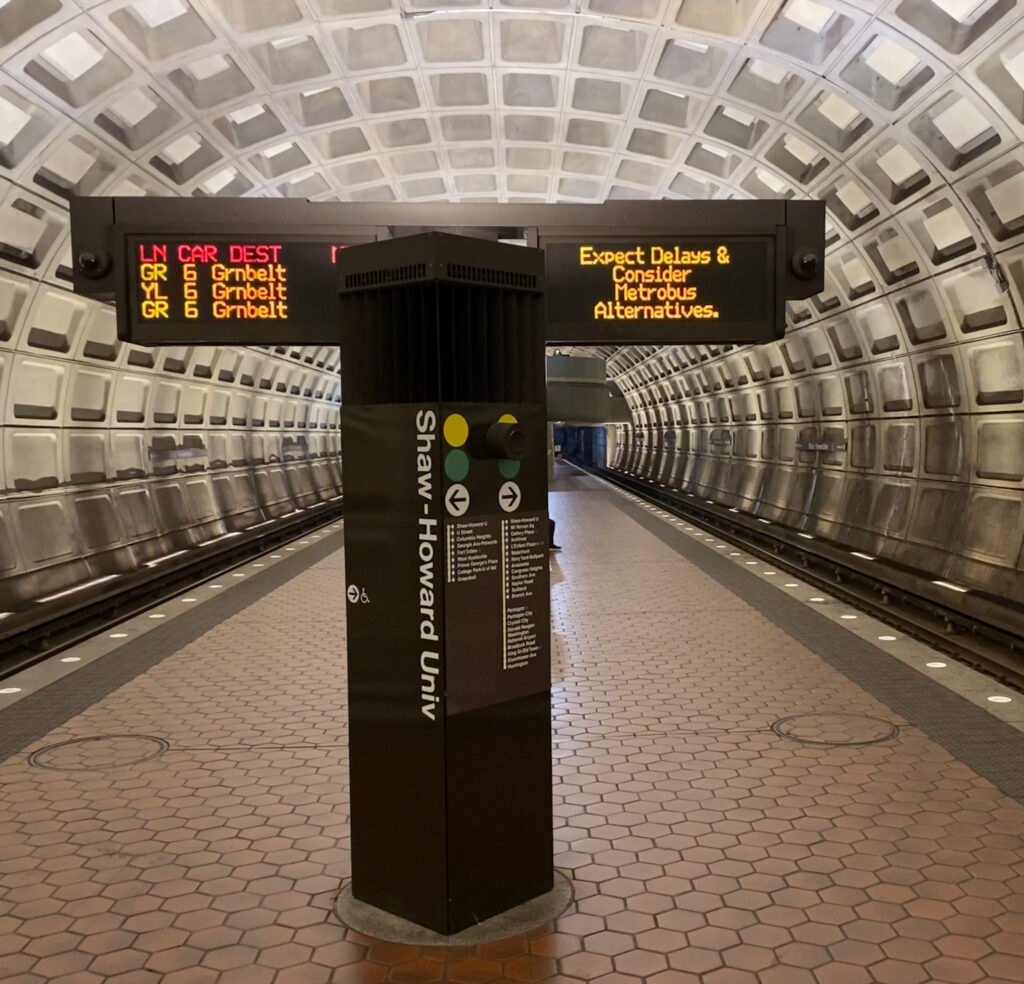On a particular Monday night, I was assigned to cover an event for Street Sense. My trip first took me from my apartment, located in NE, to Union Station, a 15-minute walk according to Google Maps. According to the Trip Planner on the WMATA website, it should have taken me approximately 28 minutes to ride from Union Station to Southern Avenue, with a transfer at Gallery Place/Chinatown. Then from the Southern Avenue stop, my destination remained only a 14-minute walk away.
Grab a calculator or hash out some mental calculations and the result is a total travel time of approximately 57 minutes. Ask any District resident, however, and he or she will tell you that public transportation in D.C. never runs according to plan.
It took me 75 minutes to get there. If I had walked directly from my apartment to the event, it would only have taken 13 minutes longer and would have saved me $2.75. It would have taken 13 minutes to drive the five miles. But like my fellow travelers who relied on the D.C. Metro 217.2 million times last year, I had to take the lumps with the sugar.
For people who live in suburbs of D.C. and use the metro to commute to work, this lump isn’t just an occasional inconvenience; it’s a daily hassle, magnified by the frantic craze of rush hour. And for low-income travelers, without the availability of a car, it may be the only option to gain access to downtown D.C. during any time of the week.
Another lump has been Metro station escalators, which failed pedestrians every 153 revenue hours on average in 2010. The D.C. Metro system has more escalators (588) and elevators (237) than any other transit system in North America, according to a 2011 report presented to the Customer Service and Operations board.
In 2008, the average time was 178 revenue hours between breakdowns, which means escalators are breaking down more frequently, even after continued time and money is used for escalator rehabilitation. Average time required to fix escalators increased from just under 10 to 14 revenue hours.
As if I don’t already waste enough time riding the metro, I can’t imagine spending an hour or two commuting to work every day. Thankfully, my trip to the office only requires a half-hour of my morning. Traveling for upwards of three hours daily is a necessary evil for some, who might not be able to afford housing deep in the city, residing in the suburbs instead and suffering through the eternal commute. But with few other options, that’s a lump that isn’t going to change.
Undeniably, the escalators are an unnecessary, but very welcome, luxury. A broken escalator is still usable, just as a staircase. But since the escalator improvement project began in 2000, the WMATA has very little to show for it.
And when I was returning home from my assignment, exhausted and carrying a backpack laden with reporting gear, a broken escalator was the last thing I wanted to see, considering I spent more time on the Metro than I spent covering the event.






